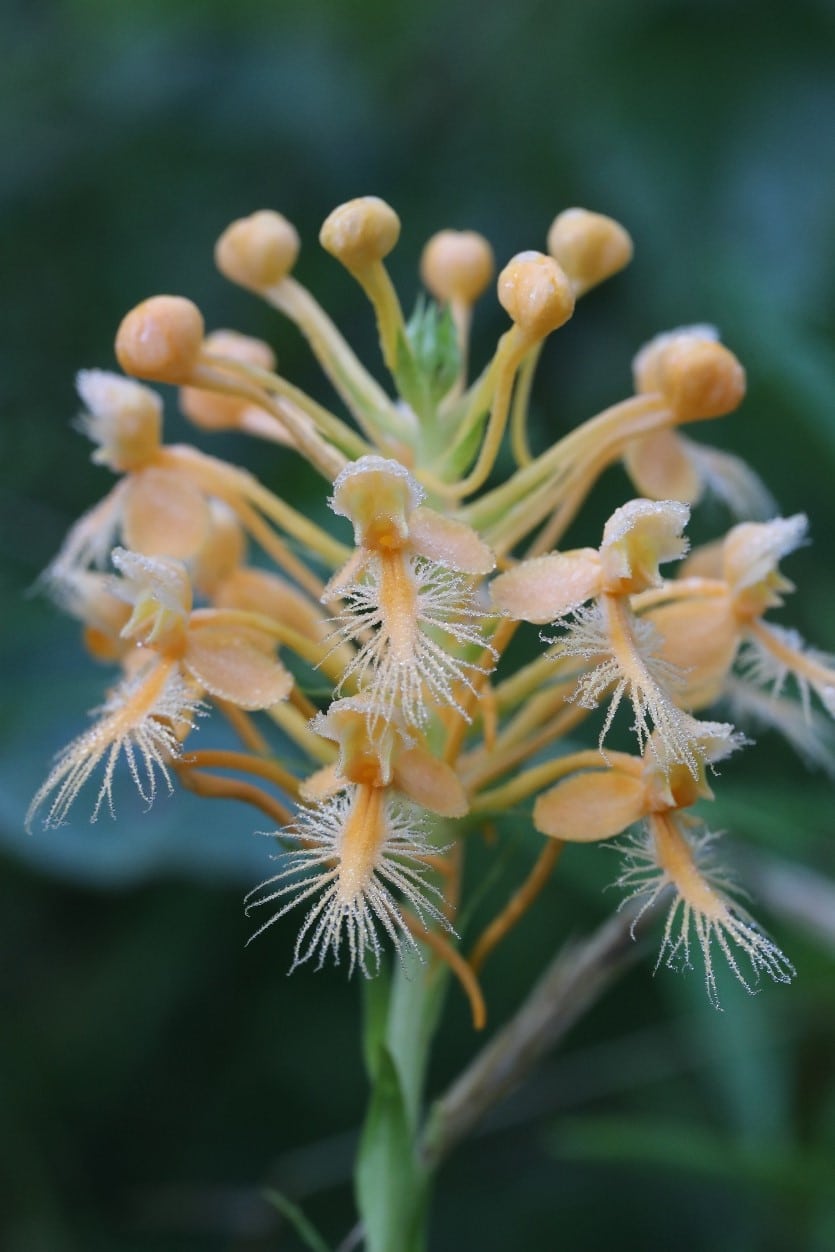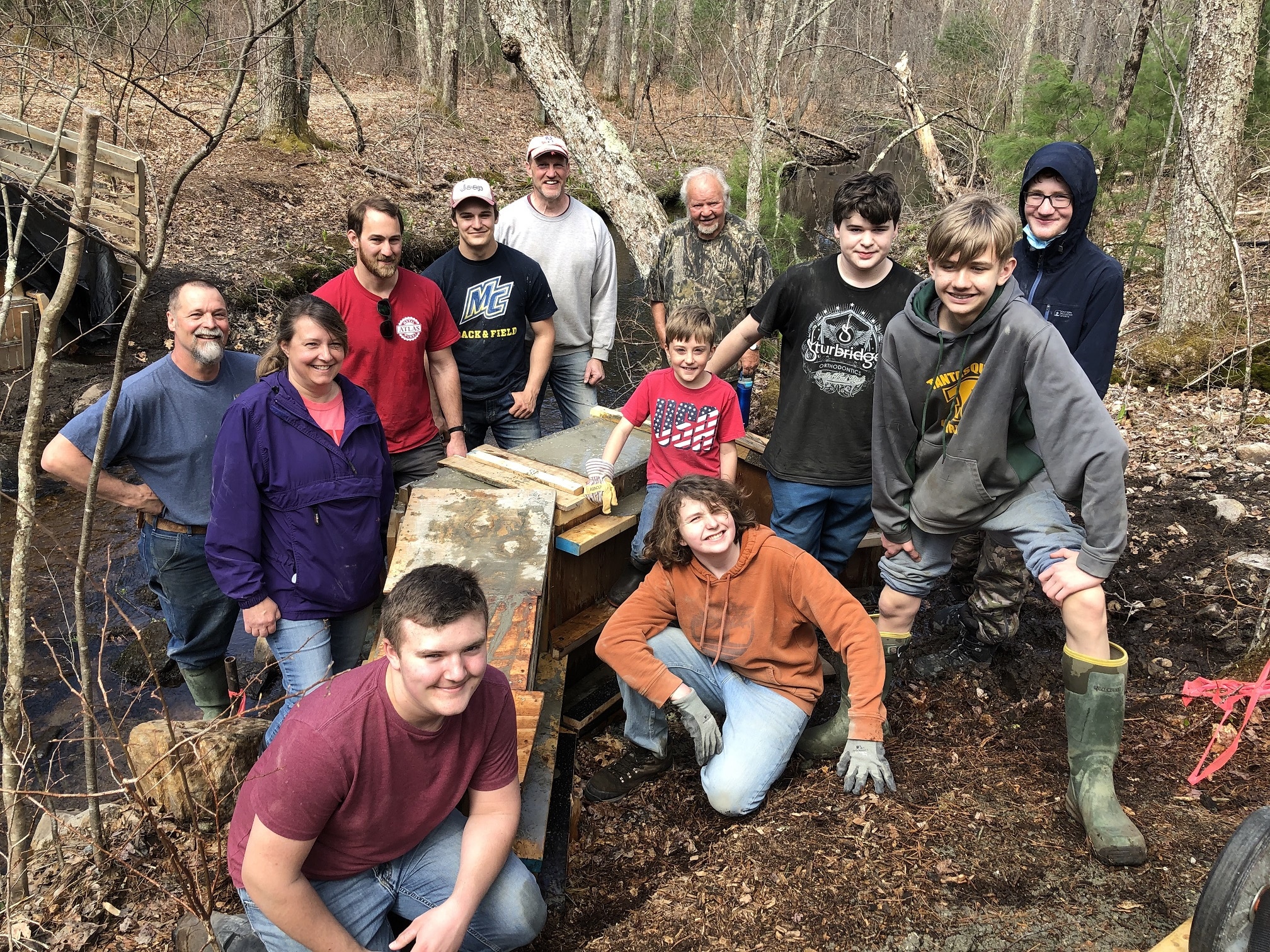Here at the Norcross Wildlife Sanctuary we received over five inches of rain earlier this week which was a miracle for the denizens of our vernal pools. Last week the pools were almost completely dried up, happening much too early for the salamander larvae and wood frog tadpoles to complete their metamorphosis. This was particularly disappointing because our local elementary school was planning a visit and vernal pool school was one of the planned activities. Luckily, the rain soaked in, the sun returned to the sky and the water level in the pool rose to a more normal level.
I was able to net a number of vernal pool critters for show-and-tell but one that I find interesting is the larvae of the Phantom Midge. Also known as glassworms, the Phantom Midge larvae (Family Chaoboridae) are so named because their bodies are transparent. When introducing these critters to an audience of children, I sometimes call them “invisi-bugs” and note how you can’t see their outsides, only their insides. While this isn’t entirely true it does capture their attention.
[lightbox link=”http://norcrosswildlife.org/wp-content/uploads/2015/06/Damselfly-nymph-with-Phantom-Midge-larva.jpg” thumb=”http://norcrosswildlife.org/wp-content/uploads/2015/06/Damselfly-nymph-with-Phantom-Midge-larva-320×200.jpg” width=”320″ align=”right” title=”Damselfly nymph with Phantom Midge larva, each just over a half-inch in length” frame=”true” icon=”image” caption=”Damselfly nymph with Phantom Midge larva”] The Phantom Midge larvae are macroinvertebrates, around three-quarters of an inch in length. You may not notice their body right away; rather, you will see two sets of air sacs, one at either end. These function to keep the larvae at a desired depth in the water, like ballast. The Phantom midge is an important part of the vernal pool food web, as there can be hundreds of these predators eating and being eaten.When looking into a vernal pool let your eyes adjust to seeing into the water, much the same way you let your eyes adjust to the dark. After a few minutes you will notice all of the specks of dirt are not dirt at all, but tiny organisms swimming around under their own power! You don’t need fancy equipment to do this, simply grab a bucket or some old Tupperware and dip it into the pool. Let it settle down and you will be amazed at the vast amount of life present. A Field Guide to the Animals of Vernal Pools is a good resource (see www.vernalpool.org) for identifying your catch. When you are finished, carefully return your sample to where it came from.



